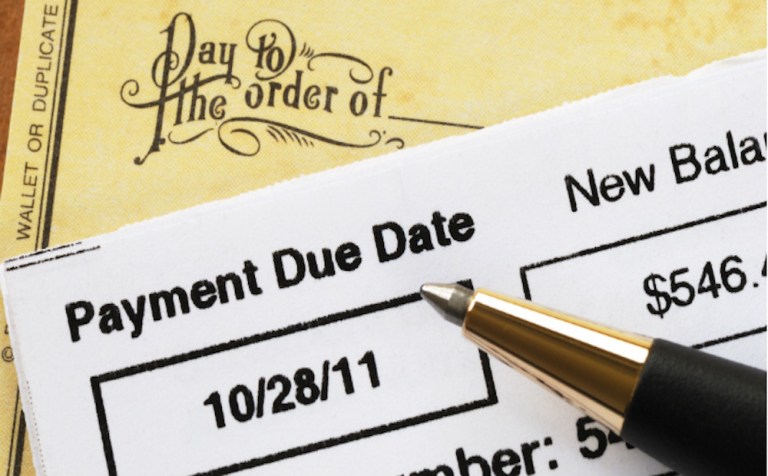
As concerns about consumer debt and consumer debt delinquency are rising — and as the instances of both are also on the increase — Discover Inc. had some good news to add into the mix. Charge-off rates seem to have dipped slightly in recent weeks.
According to their latest SEC Form 8-K filing, Discover is reporting that its net principal charge-off rate slipped to 2.8 percent in July from 2.9 percent a month earlier. Delinquencies have remained flat at two percent.
And while that does reverse recent trends, the current bad debt rate still represents a year-on-year increase. Delinquencies this time last year were at 1.7 percent — charge-offs were at 2.2 percent.
The goods news out of Discover is something of a rare bright spot. Last week, media reports circulated that banks across the spectrum are beginning to become concerned that charge-offs in the U.S. are approaching a four-year high.
As of Q2, bad debt increased to 3.29 percent — a number Discover finds itself well below at this point.
Still, that is the highest level seen in the last four years, according to Fitch Ratings — plus, the second quarter of 2017 also marked the fifth consecutive year-over-year increase in the charge-off rate.
And, unlike previous quarters, where the losses were found more at banks specializing in subprime issuing, all eight of the nation’s largest credit cards issuers — including J.P. Morgan Chase & Co., Citigroup Inc., Capital One and Discover Financial Services — saw increases. And those increases picked up notably during the first half of the year, meaning that consumer pullback may be on the way.
“The overall environment is deteriorating,” said David Nelms, chief executive at Discover, in an interview. It is “not quite as favorable as it was over the past few years.”
And, adding to the situation, American indebtedness continues to rise. Total U.S. household debt was $12.84 trillion in the three months to June, up $552 billion from a year ago, according to a Federal Reserve Bank of New York report.
The proportion of overall debt that was delinquent was at 4.8 percent, which is essentially flat from Q1. But the transition of balances on credit cards into delinquency “ticked up notably.”
“The current state of credit card delinquency flows can be an early indicator of future trends, and we will closely monitor the degree to which this uptick is predictive of further consumer distress,” Andrew Haughwout, an in-house economist, said in the report.